As the economy increasingly focuses on environmental protection, the development of green supply chains, including green logistics networks, is an inevitable trend globally. This is a new driving force and development direction, helping logistics enterprises meet environmental criteria and enhance their outstanding competitiveness in the market.
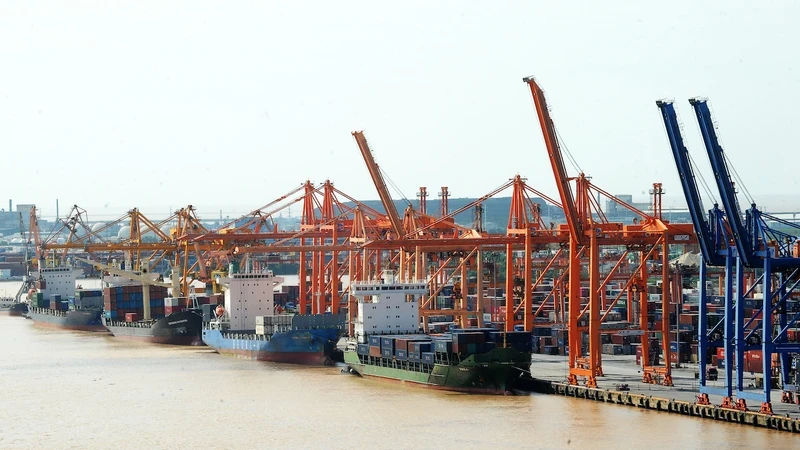
It is time for Vietnamese logistics enterprises to quickly improve infrastructure, increase conversion to environmentally friendly means of transport, and enhance connectivity to promote the development of a green logistics network in Vietnam.
Quickly remove obstacles
Developing green supply chains, including Green logistics is almost mandatory if businesses do not want to be eliminated from global business, trade and import-export activities. Many large logistics businesses in the world such as shipping lines, seaport businesses, etc. have a roadmap to reduce greenhouse gas emissions and switch to green energy earlier than the roadmap committed by countries. However, in Vietnam, this process is still slow due to many barriers and challenges.
Accordingly, although the authorities have issued mechanisms for the development of green supply chains with a series of legal documents in all types of transportation, many experts say that the implementation of these regulations is not very effective in practice and has not created a competitive advantage in the import-export sector.
In addition, the current regulations and policies of the Government on green logistics only focus on road transport. The limitation of regulations related to other logistics infrastructure such as warehouses or information technology systems has led to a lack of uniformity in the application and implementation of green logistics, a lack of connectivity, causing Vietnam's logistics costs to always be higher than many countries in the region.
According to some experts, due to the limited awareness and understanding of businesses as well as financial resources, qualifications and capacity, the "greening" of the logistics industry has not yet received due attention. Along with that, the green transformation of the logistics industry is still a difficult problem for businesses. Because currently, small passenger vehicles have initially switched from using fossil fuels to renewable energy (electricity), but large freight vehicles and ships have not been able to make the transition immediately due to the huge investment costs.
From a business perspective, Vice President and General Secretary of the Vietnam Timber and Forest Products Association (VIFOREST) Ngo Sy Hoai said that the logistics industry really needs to change in terms of "quality" to survive in the current context. To encourage businesses, the Government needs to facilitate trade, simplify administrative procedures, and create the best conditions to support businesses in the process of digital transformation and green transformation, in line with the goal of reducing net emissions to 0 (Net-zero) by 2050 that Vietnam committed to at COP 26.
Opportunities for businesses
Currently, the structure of Vietnam's transport services is not balanced and sustainable, with the proportion of road transport still dominant compared to other forms of transport. Greenhouse gas emissions from road transport are 21.95 times higher than those from air transport, 19.94 times higher than those from sea transport and 245.49 times higher than those from rail transport.
According to the World Bank (WB), each year, transportation activities in Vietnam emit more than 50 million tons of CO2, of which road transport accounts for 85% of the total emissions. These emissions are expected to increase by an average of 6-7% per year and by 2030, the transportation industry is forecast to emit up to 90 million tons of CO2.
Therefore, businesses need to quickly change their perception of the concept of green logistics, to more effectively exploit inland waterways, coastal roads, etc. This is also an opportunity to help businesses increase the volume of transported goods, save costs, optimize profits, and at the same time reduce emissions from vehicles into the environment.
Sharing about the green transformation process in logistics activities, Marketing Director of Saigon Newport Corporation Truong Tan Loc said that the unit is always a pioneer in business activities, transforming methods and gradually changing customer habits.
In particular, strongly developing waterway transport, promoting digital transformation solutions contribute to optimizing operations, providing services to customers, optimizing production organization in port areas, reducing waiting time and transportation delivery for customers in the port, and reducing emissions to the environment.
On the other hand, the unit promotes the application of information technology in the delivery and receipt of goods for customers and ships through the commercial transaction portal, allowing customers to use their phones to deliver and receive goods, without using documents, reducing transaction time.
Along with that, we will continue to modernize technical measures, converting energy in equipment from traditional power sources to solar power. “With investment in modern equipment, we aim to build semi-automatic and automatic ports in the near future,” Mr. Loc shared.
Vice President of the Vietnam Federation of Commerce and Industry (VCCI) Nguyen Quang Vinh affirmed that when businesses apply green logistics in their long-term strategy, they will increase the number of customers, increase revenue and cut costs, improve competitiveness in the market, and move towards sustainable and comprehensive development.
However, to achieve the above goals, the Government and relevant ministries and sectors need to continue to consider more policies to encourage and promote businesses towards developing green logistics, especially small and medium enterprises. These include tax incentives, creating motivation and reducing costs for businesses, and encouraging the use of alternative energy sources to replace fossil fuels in road transport.
For businesses, adopting environmentally friendly means of transport, optimizing routes and warehouse management, improving energy efficiency, and greening logistics operations not only help reduce environmental impacts but also bring significant economic benefits to businesses.
Source


![[Photo] Hundred-year-old pine trees – an attractive destination for tourists in Gia Lai](https://vstatic.vietnam.vn/vietnam/resource/IMAGE/2025/4/17/25a0b7b629294f3f89350e263863d6a3)
![[Photo] President Luong Cuong receives UN Deputy Secretary General Amina J.Mohammed](https://vstatic.vietnam.vn/vietnam/resource/IMAGE/2025/4/17/72781800ee294eeb8df59db53e80159f)
![[Photo] Prime Minister Pham Minh Chinh and Ethiopian Prime Minister visit Tran Quoc Pagoda](https://vstatic.vietnam.vn/vietnam/resource/IMAGE/2025/4/17/18ba6e1e73f94a618f5b5e9c1bd364a8)
![[Photo] President Luong Cuong receives Lao Prime Minister Sonexay Siphandone](https://vstatic.vietnam.vn/vietnam/resource/IMAGE/2025/4/17/337e313bae4b4961890fdf834d3fcdd5)
![[Photo] President Luong Cuong receives Kenyan Defense Minister Soipan Tuya](https://vstatic.vietnam.vn/vietnam/resource/IMAGE/2025/4/17/0e7a5185e8144d73af91e67e03567f41)
![[Photo] Warm meeting between the two First Ladies of the Prime Ministers of Vietnam and Ethiopia with visually impaired students of Nguyen Dinh Chieu School](https://vstatic.vietnam.vn/vietnam/resource/IMAGE/2025/4/17/b1a43ba73eb94fea89034e458154f7ae)
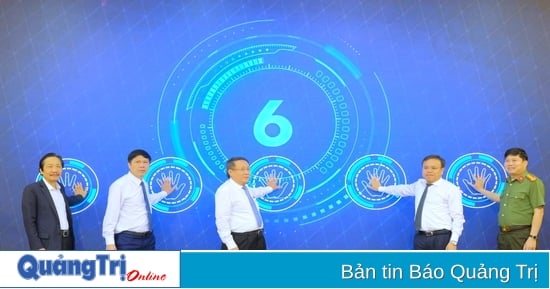

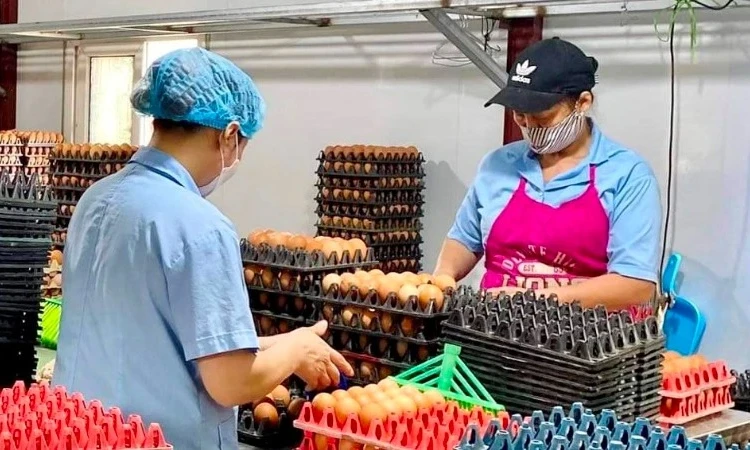
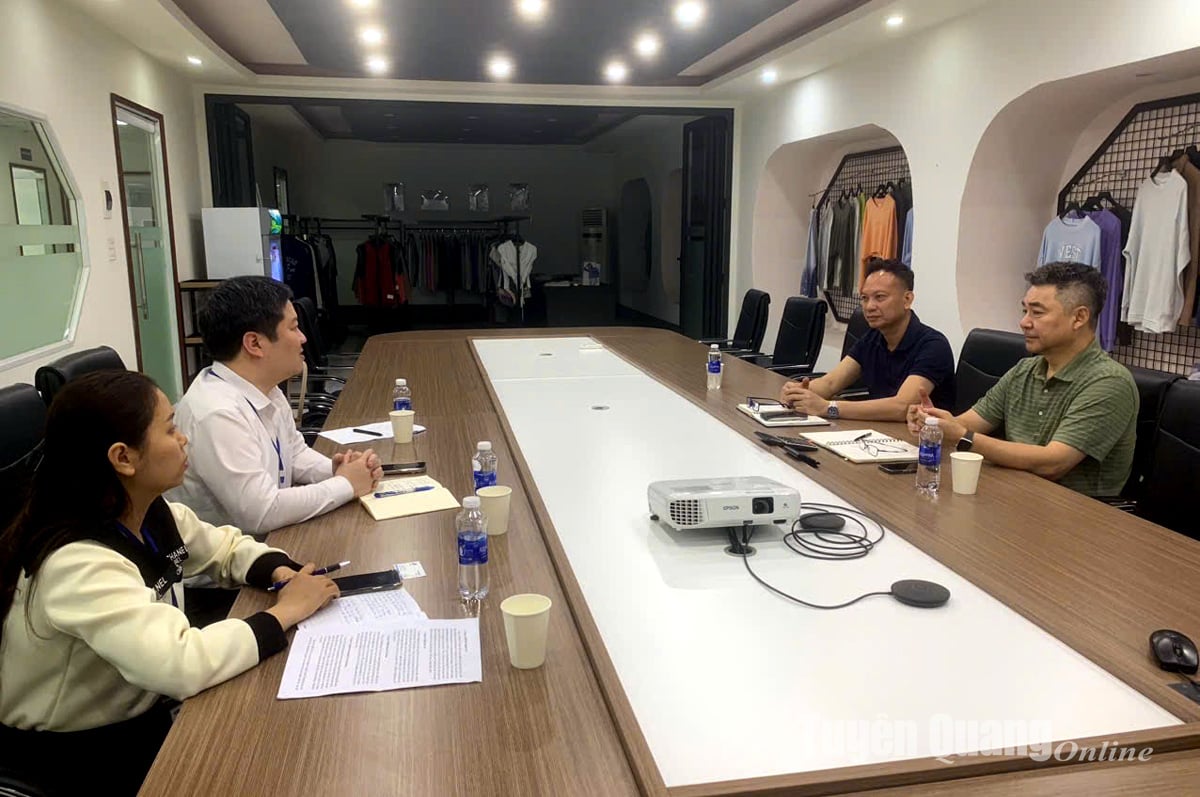





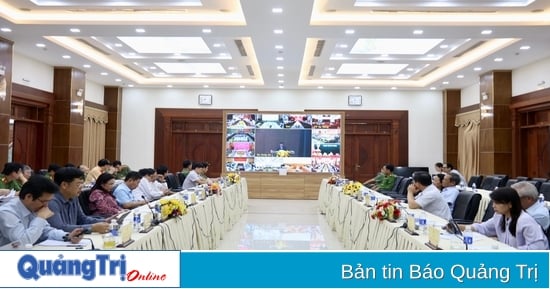
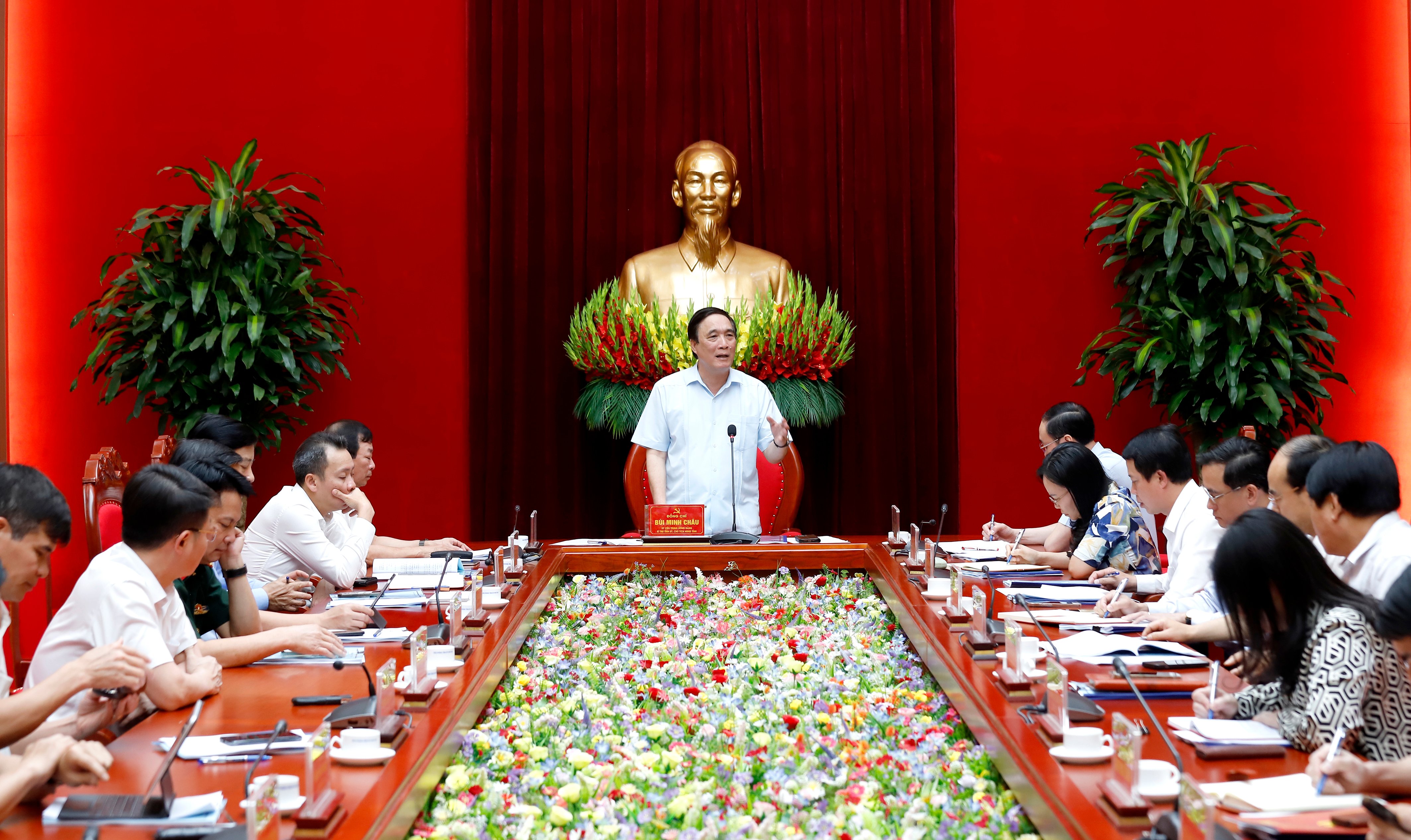
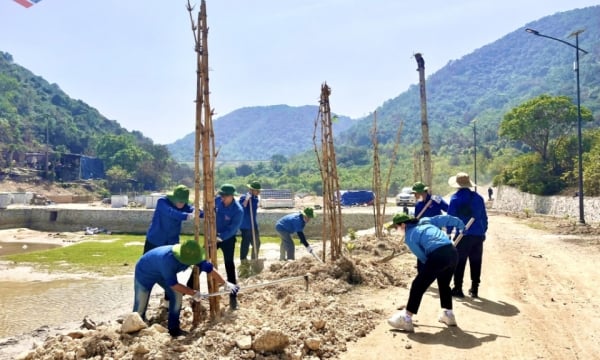
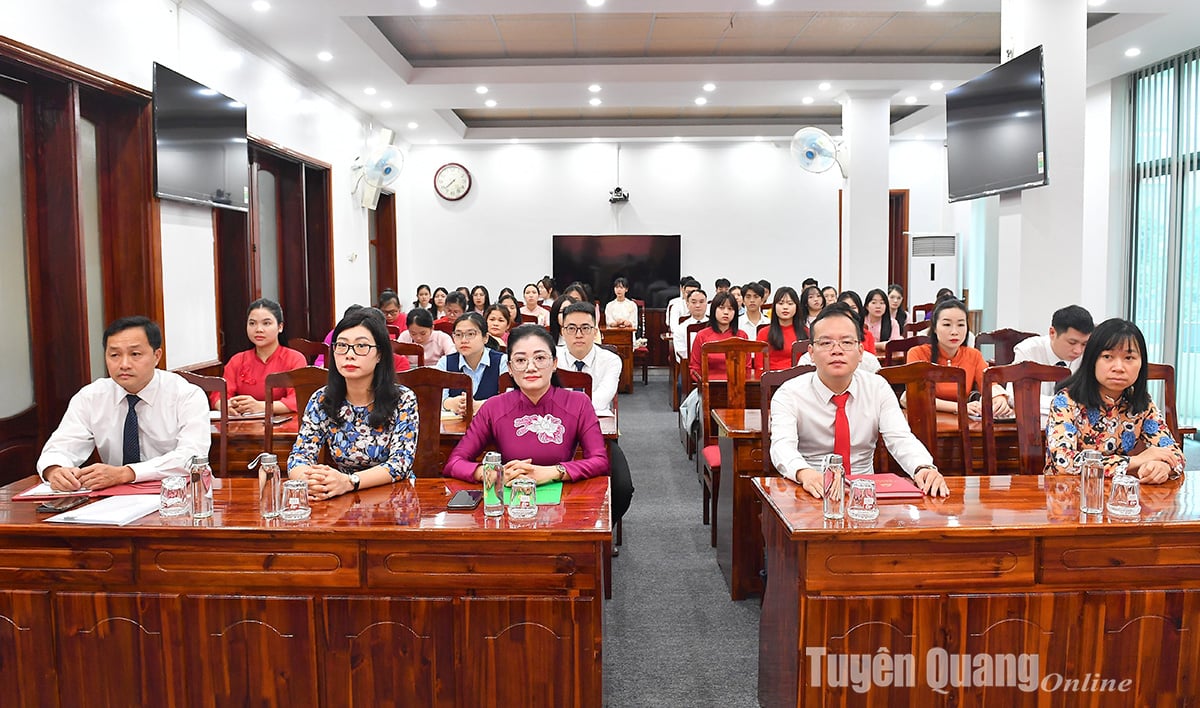
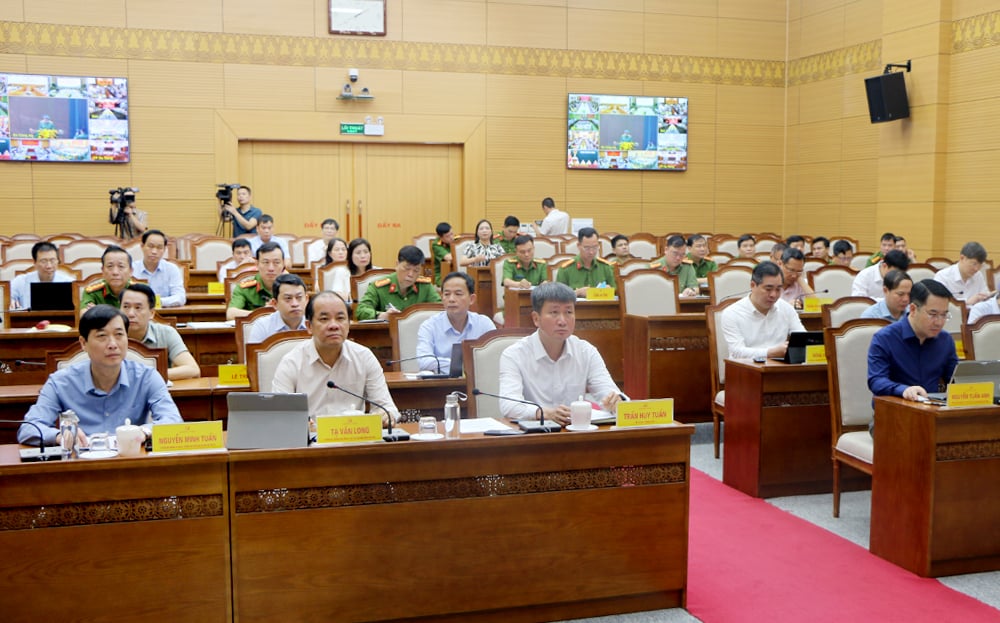
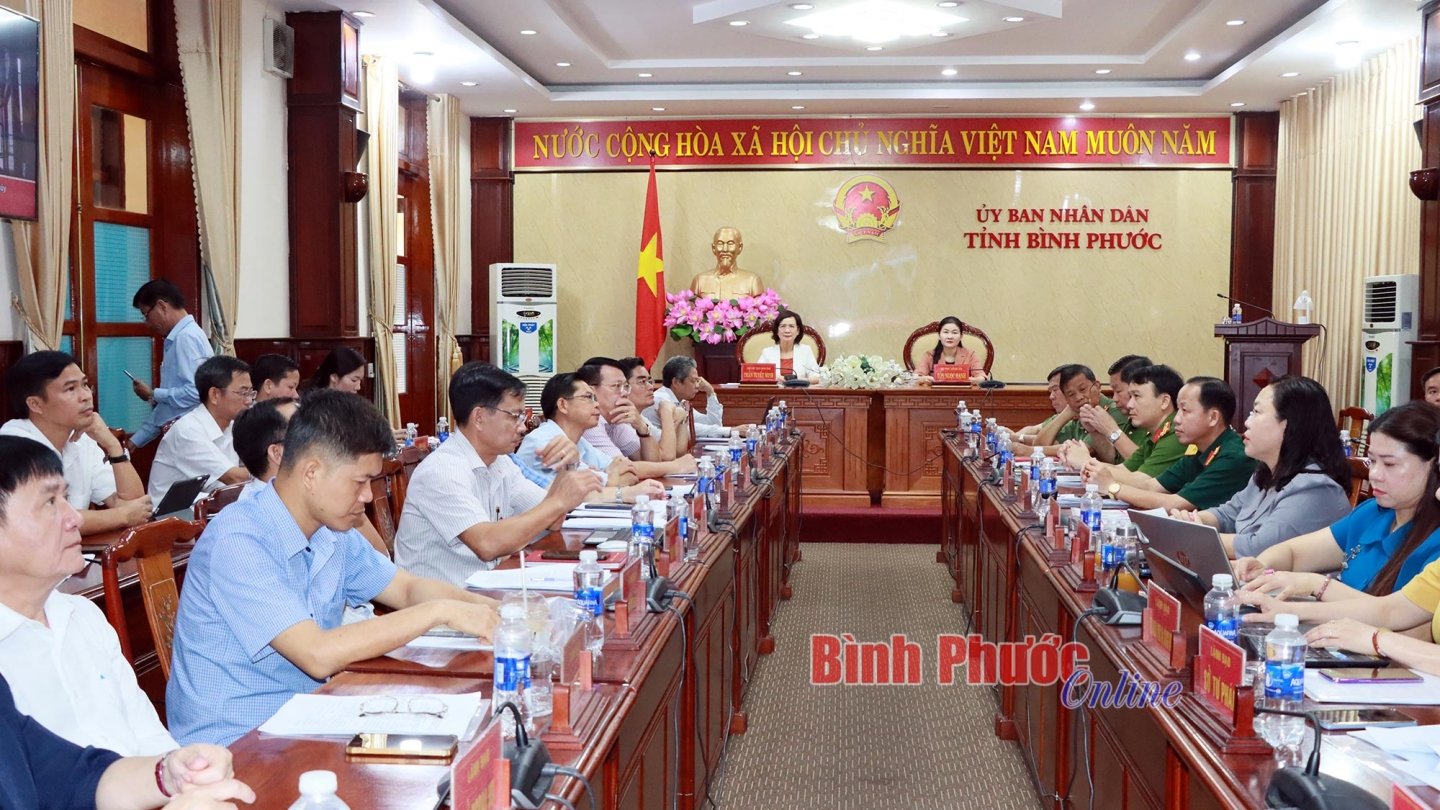





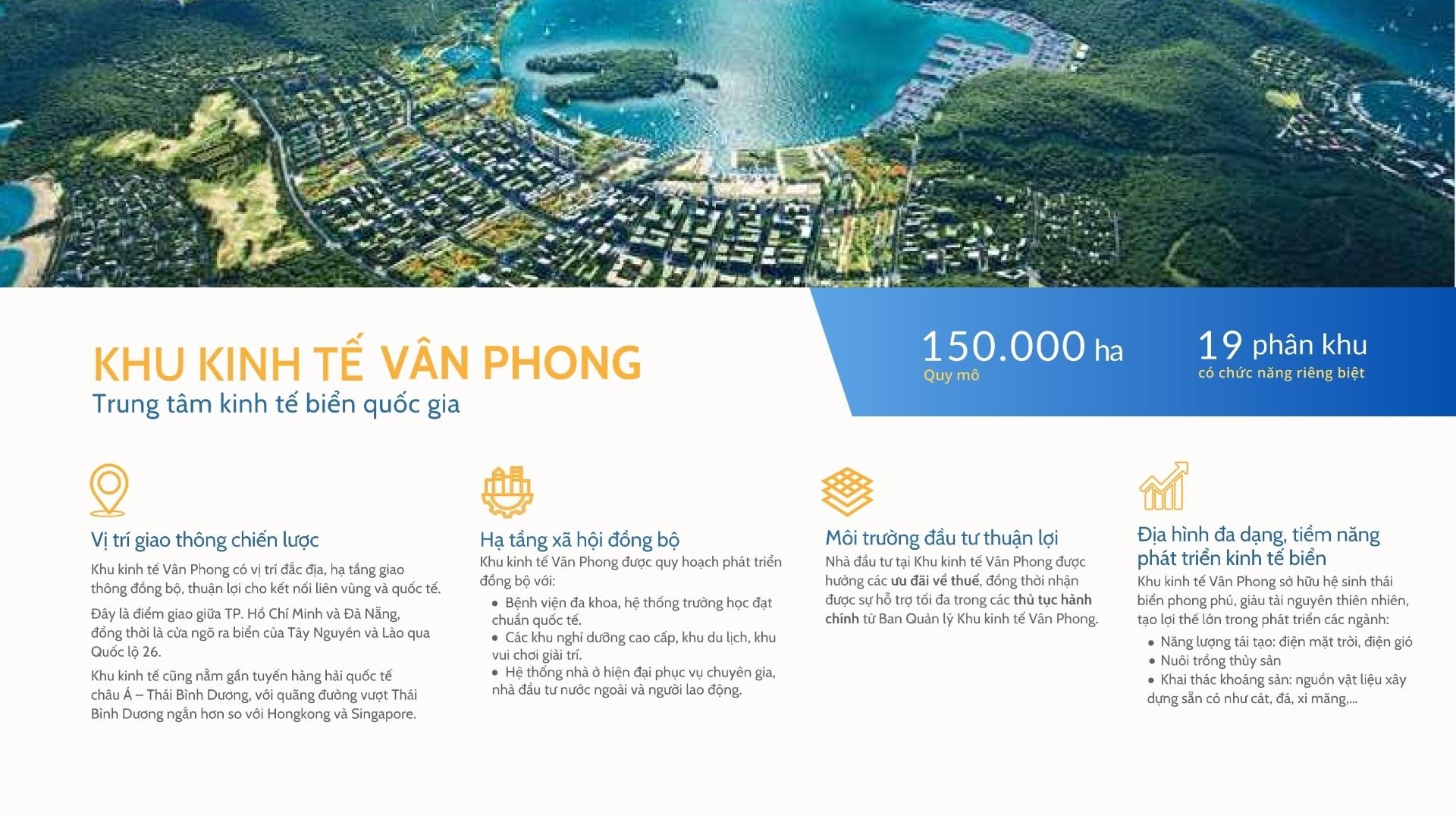


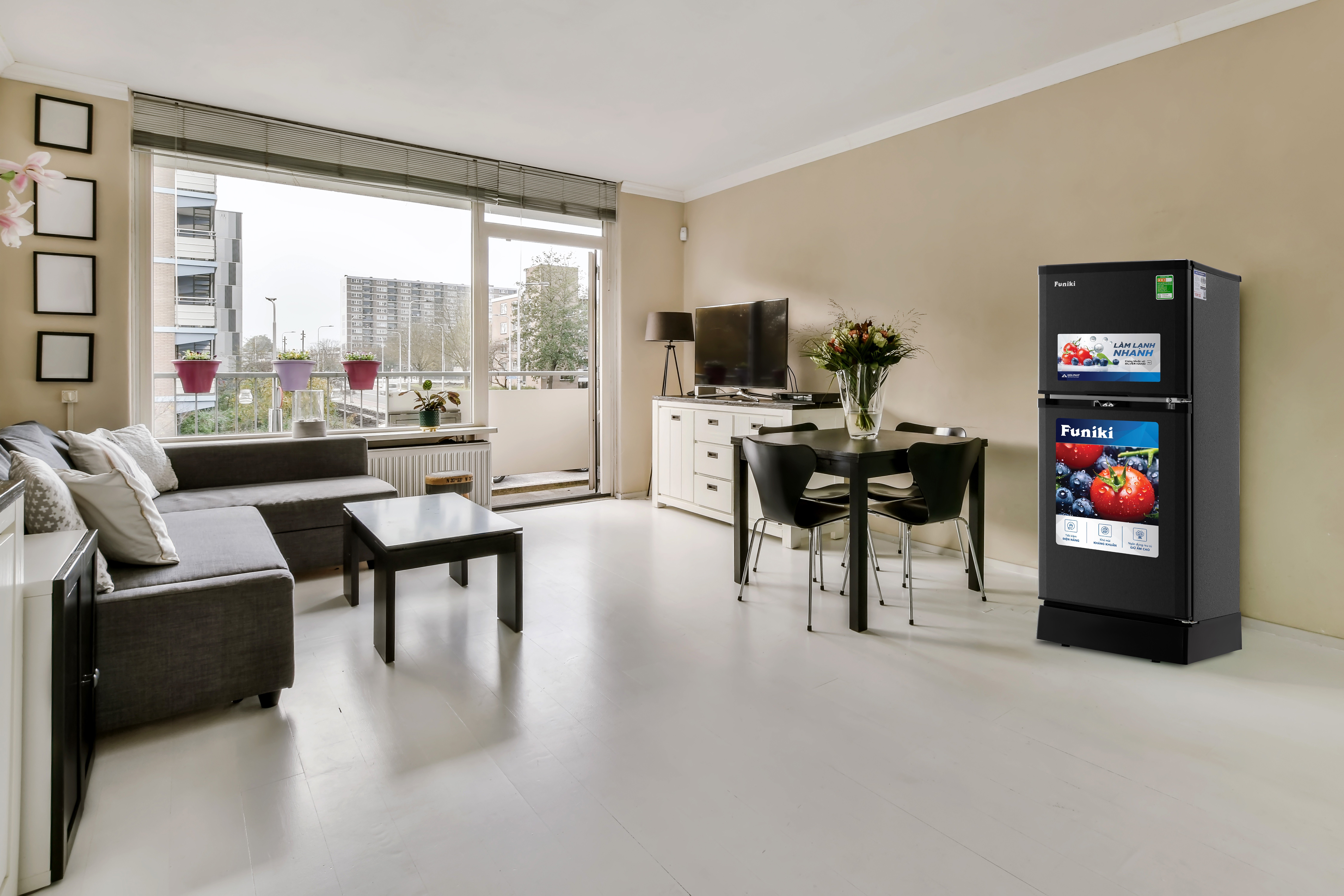
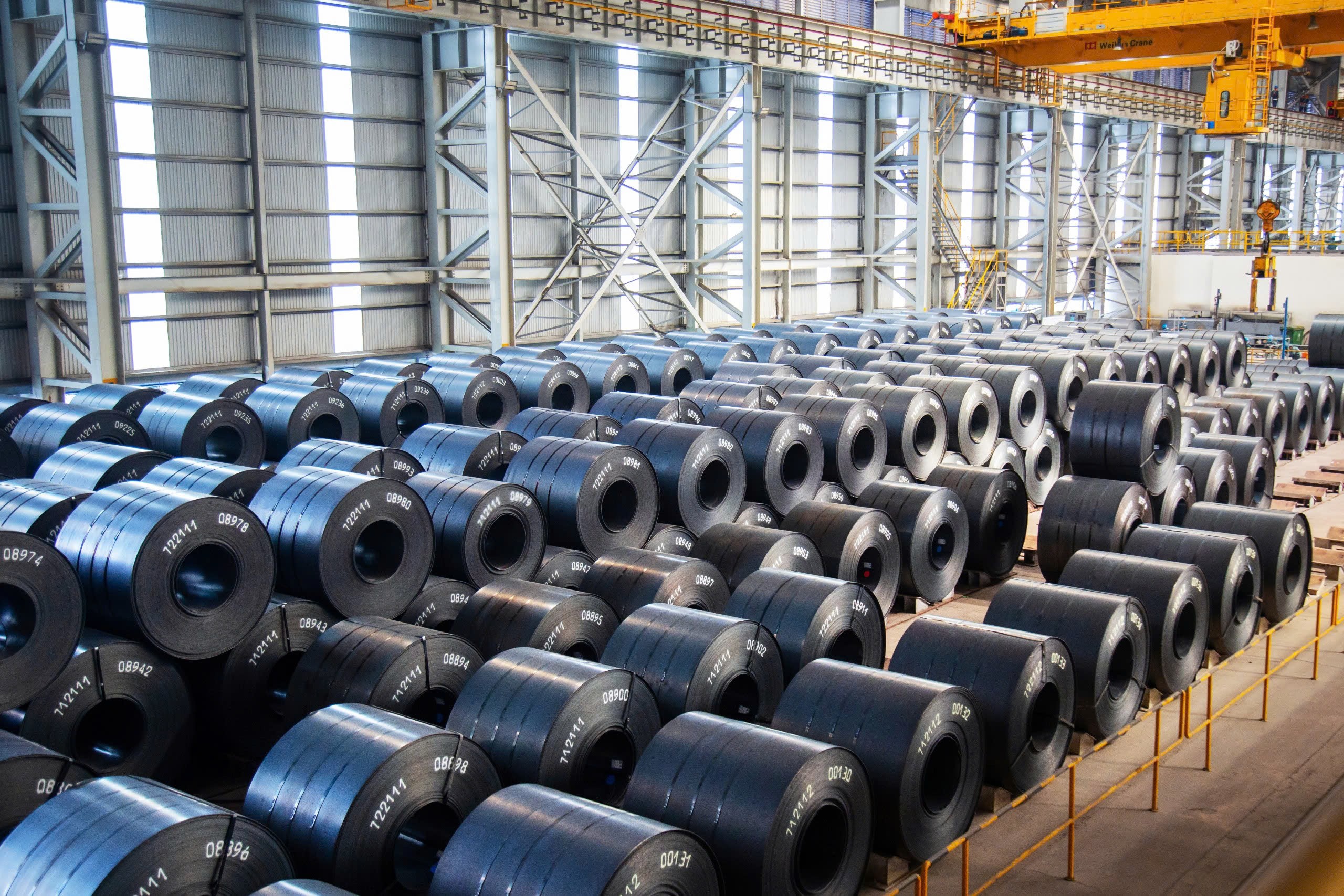




























![[Video] Viettel officially puts into operation the largest submarine optical cable line in Vietnam](https://vstatic.vietnam.vn/vietnam/resource/IMAGE/2025/4/17/f19008c6010c4a538cc422cb791ca0a1)

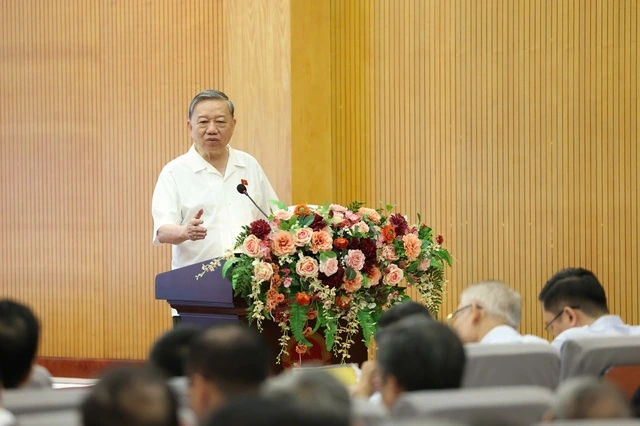





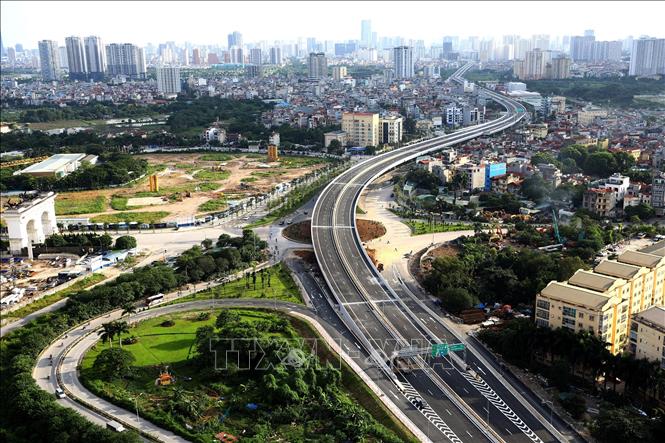

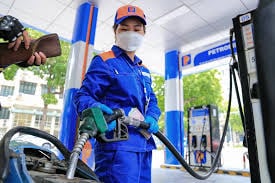







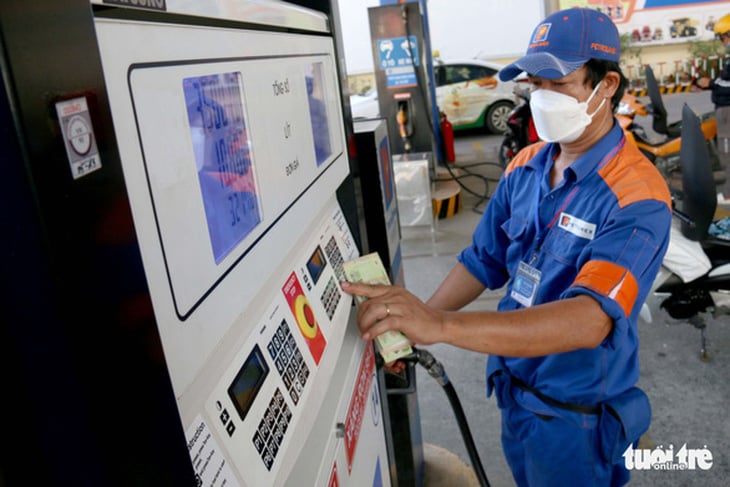
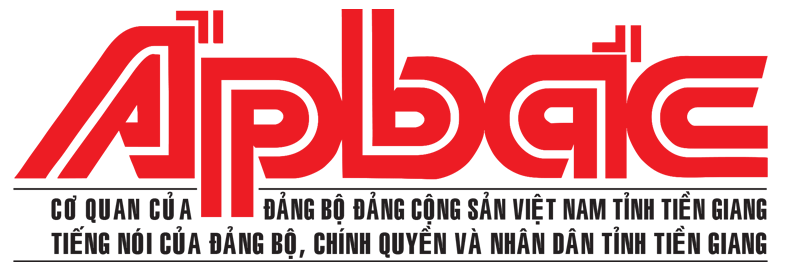

















Comment (0)